Drag Racing’s Infamous Hillbilly – Part I
If you had to pick an author to write a tell-all book about the life and times of drag racer Roy Hill, it’d be Tom Wolfe. It was Wolfe who in 1965 did a story in Esquire magazine on NASCAR legend Junior Johnson and dubbed him “The Last American Hero.” Wolfe’s story on Johnson brought the phenomenon of stock car racing, along with its ever-colorful moonshine running roots, into mainstream America. Prior to Wolfe’s piece on Johnson, mainstream media had largely ignored the bad boys of stock car racing, aside from the film Thunder Road with Robert Mitchum, a 1958 bad B-movie about “shine runners.” It was dismissed as “low-brow entertainment,” having the same critical acclaim as cheesy science-fiction films with paper plate flying saucers, and barely made a dent among audiences. It took Wolfe’s descriptive penmanship in the pages of the highly regarded Esquire magazine to expose educated readers and a wider audience to stock car racing, a staple of the South. It also made NASCAR’s original bad boy, Junior Johnson, a larger-than-life figure. Wolfe’s Esquire feature on Good Ole Boys, fast cars and illegal whisky exposed this popular phenomenon that lay below the Mason-Dixon line to the upper crust, elite, celebrities and intellects that attended the infamous Black and White Ball at New York’s Plaza Hotel. This well-read and cultured audience, sipping on cocktails, may have hung on every word of Truman Capote’s novel In Cold Blood, but they were just as intrigued by Wolfe’s tale on Junior Johnson. Something about outlaws with a trunk full of illegal liquor attempting to outrun the state police and feds late at night was intoxicating. Add in the fact these scofflaws recklessly flung their stock cars around a dirt track at death-defying speeds after Sunday’s church services were titillating.
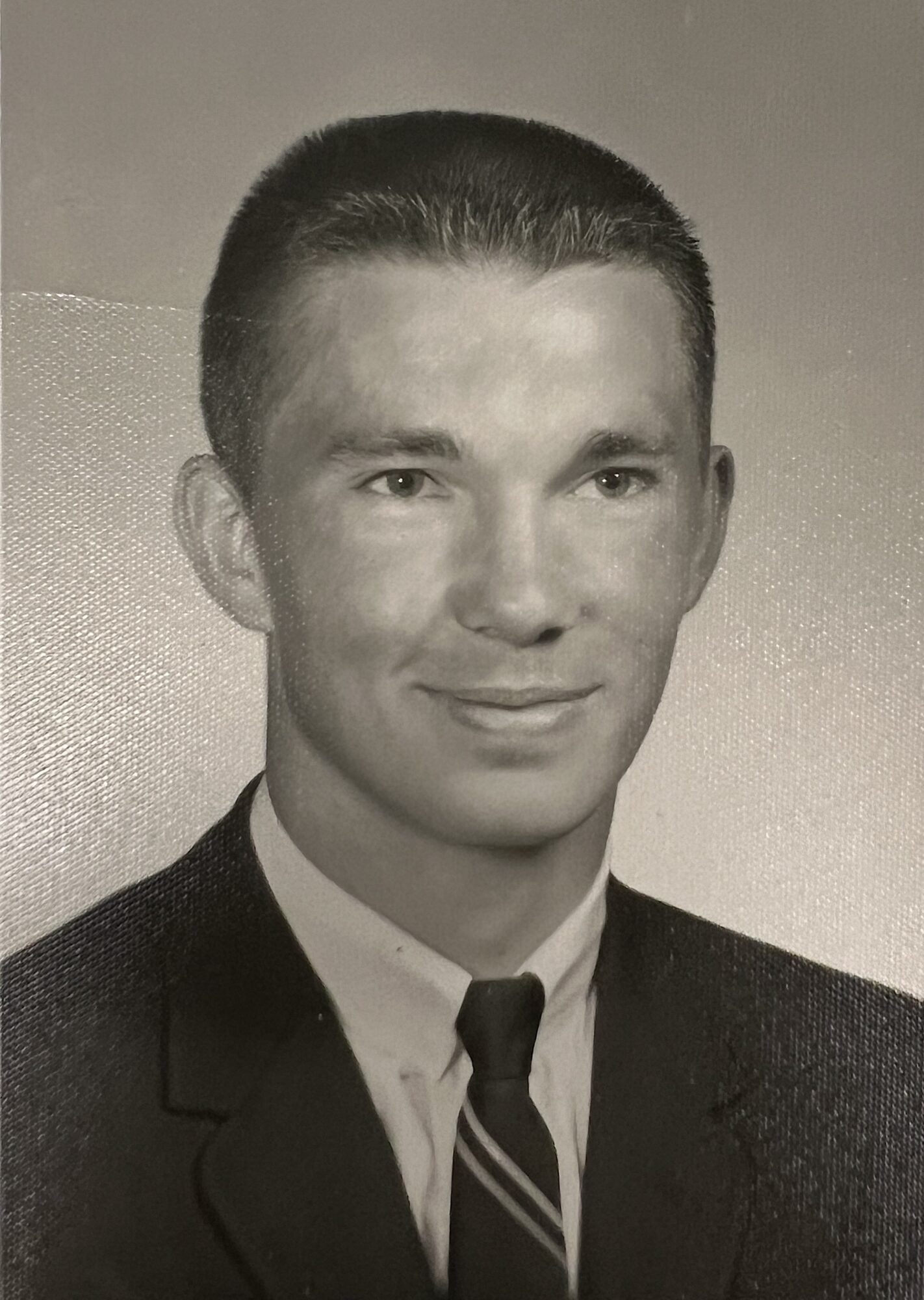
Junior Johnson and Roy Hill – their backgrounds are so similar they could be related to one another. Both were born in North Carolina into poor families, both were renegades that got in trouble with the law, and both happened to curtail their motorsports success and into lucrative money-making business ventures that would turn into racing dynasties. While Junior carved his reputation on the oval tracks that dotted the South, Roy developed a passion for drag racing at an early age. When Roy was around three years old, his father died and that forced his mother to move in with Roy’s grandmother. During his youth, Roy struggled in school and was picked on by fellow students. It took Roy’s “batting skills” to send a message to other kids, and soon the taunting and verbal abuse ended. But Roy’s learning disabilities and his struggles with reading and writing continued. However, when it came to numbers, that was another story for Roy. “I don’t read well, can’t spell or write well, but I learned numbers and would learn a lot of solid business practice ideas from the racers when I met in my late teens,” said Roy.
Growing up in High Point, North Carolina, Roy lived in the epicenter of NASCAR royalty, Petty Racing, and the team’s shop brimming with HEMI® engine-powered Plymouths. Roy was also close to Sox & Martin’s racing operations and would hang out at their shop. Everyone who knew Roy admired his strong work ethic, no-nonsense approach, and his ability to listen and learn. “It was people like Buddy Martin and Richard Petty that taught me how to count money,” laughed Roy.
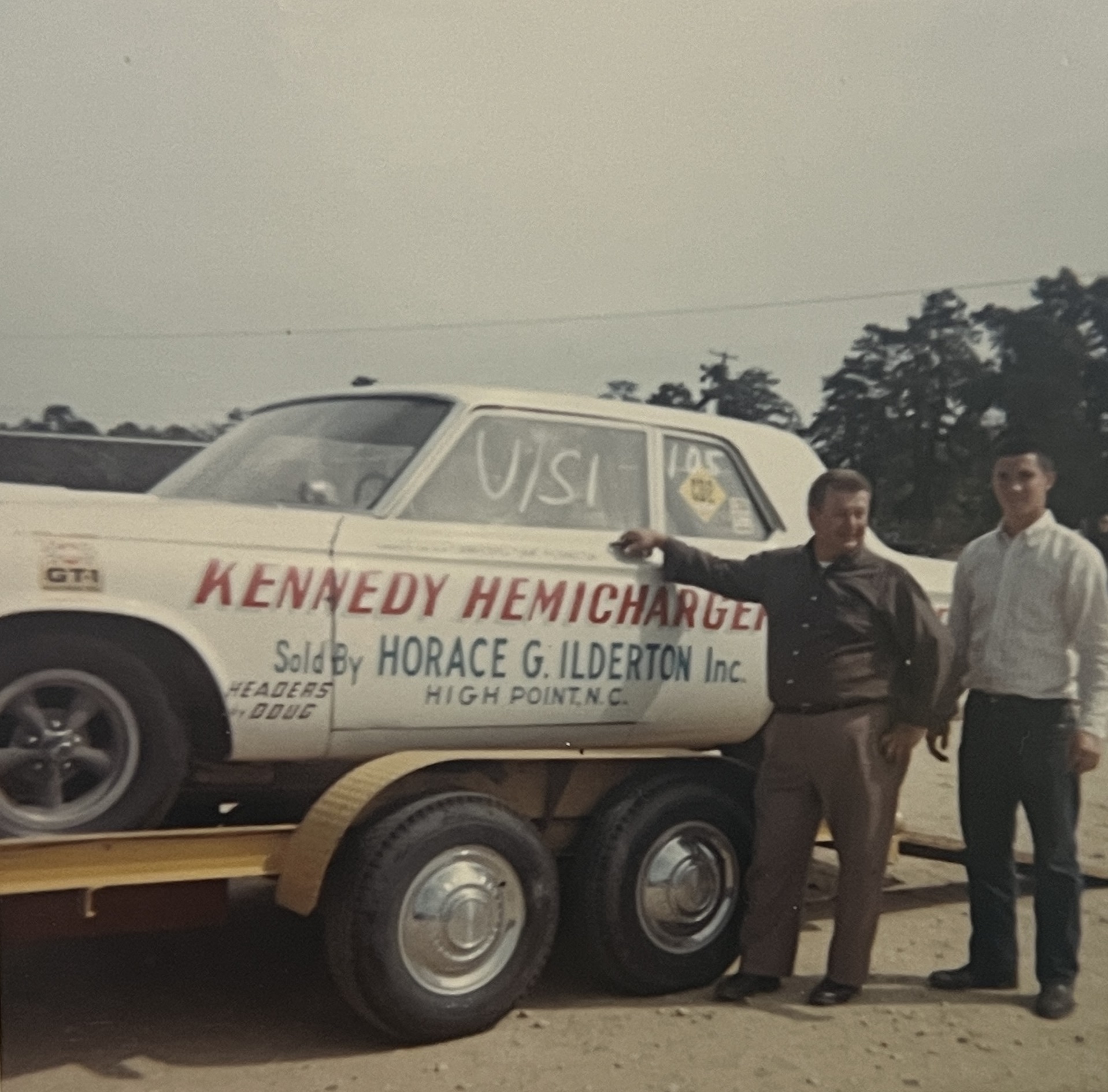
A meeting with local drag racer Sam Kennedy steered Roy down the path that would define his career. “It was Sam (Kennedy) who introduced me to the Petty family, Sox & Martin, and other hardcore racers. In 1962, Sam (Kennedy) bought a 413 Max Wedge Ramcharger-powered Dodge. So, I started going to the race track with him. Sam eventually got a new 1964 HEMI Super Stock Dodge and another for 1965. I bought his ’62 Dodge off him and raced it locally while making $52.00 a week working at the printing press,” noted Roy. “I actually worked part-time in Petty’s shop for a while and learned a lot about race cars and how to set them up.” But it was a drag strip that would once again have a major impact on Roy’s life. At Piedmont Dragway in North Carolina during a big Super Stock event in 1967, all the major Dodge, Plymouth, GM, Ford and Mercury drag teams were in attendance. While walking the pits, Roy was in heaven and amazed at the cars and equipment he saw while pondering his next move. “I ran into Buddy Martin, and we chatted for a while. Buddy asked what I was going to do since I sold my Max Wedge Dodge. He then offered me a job to drive one of the team’s ramp trucks loaded with their Plymouth GTX race car and head to the West Coast for the NHRA Winternationals in California. That was the first time I traveled out of North Carolina, and it forever changed me,” exclaimed Roy.
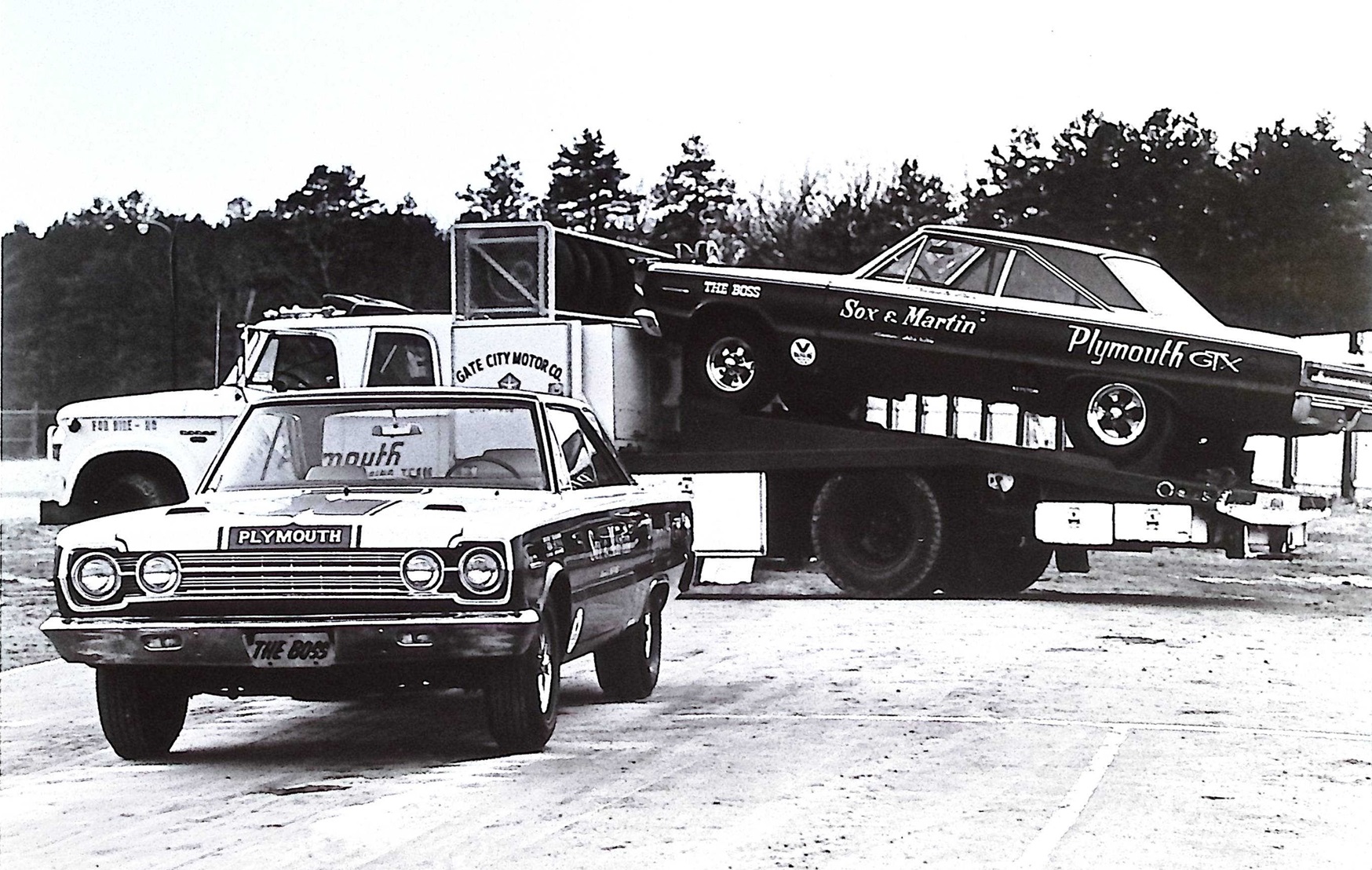
After the trip out west, Roy returned to High Point and opened a two-bay service station. He sold his 1962 Max Wedge Dodge to finance his business but going without a racecar didn’t last long for this ambitious teenager. “Sox & Martin had a 1969 Plymouth Road Runner they were using for their Supercar Clinic dealer program. It was one of those 440 Six Barrel models with the liftoff fiberglass hood and as the new models for 1970 were getting close to coming, Buddy Martin sold me the Road Runner for a really good price,” recalled Roy. Soon Roy was back at it, doing what he loved but like many young men of that time who lived in Carolinas, the lure of quick cash by transporting illegal whiskey was hard to pass up. “At my service station, customers would come in to get work done on their cars and leave with some extra things in their trunks,” grinned Roy. “We had whiskey stashed all over the station and even in the trunk of my Road Runner. Eventually, someone snitched, and the police came down on me and my partner. The police seized everything, including the Road Runner!” Soon the drama had passed, the items seized were returned and Roy was free on a technicality, but he did learn a valuable lesson.
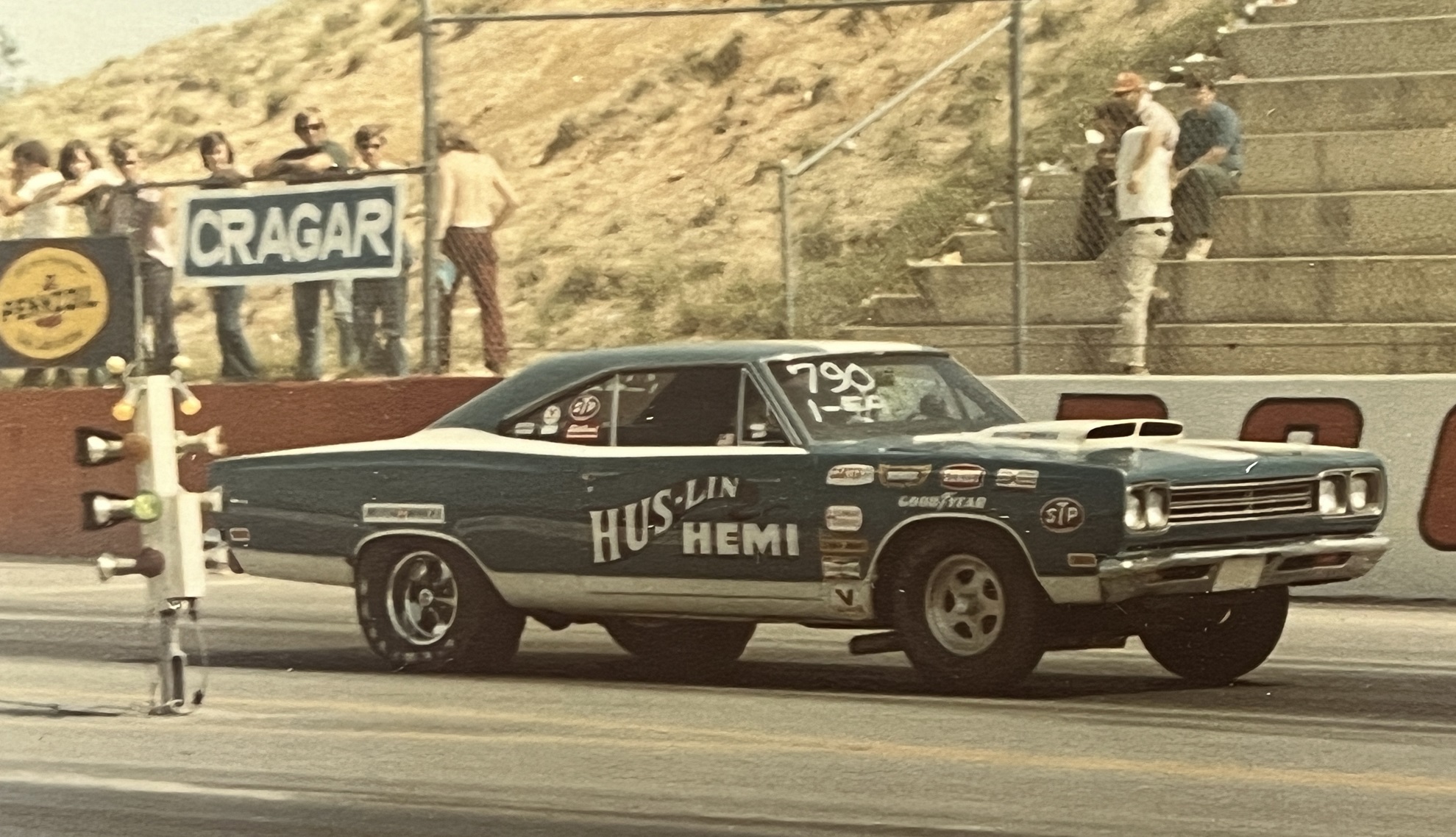
Roy raced the Road Runner in Stock Eliminator all over North Carolina before removing the 440 and installing a 426 HEMI engine. He won a lot with it but Roy wanted to go faster and with the advent of Pro Stock looming on the horizon, Roy went out and bought a 1968 Super Stock HEMI Barracuda and by late 1969 and early 1970, was running in the new heads-up Pro Stock class. Roy painted it up and called it “Orange Krate” while future Sox & Martin mechanic Dave Christie drove the Road Runner. Now armed with two racecars, Roy went terrorizing the competition all over the south and quickly earned the status as a tough racer, regardless of his “aw shucks” country boy persona as he was not to be taken lightly. Roy could grin like a baby but could just as easily take a bite of you like a gator and that became his reputation for the next 50 years!

In part two of Drag Racing’s Infamous Hillbilly, we’ll get into Roy’s relationship with NASCAR royalty, his Petty-built Pro Stock HEMI Duster and bringing a major corporation into drag racing that forever changed the sport.
In the meantime, check out these pics of Roy’s early rides.
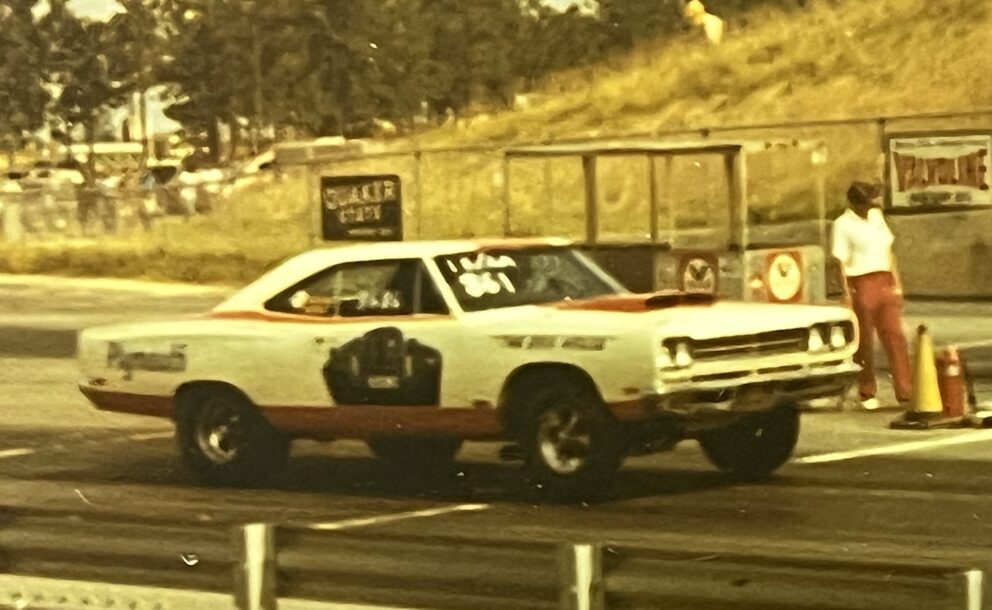
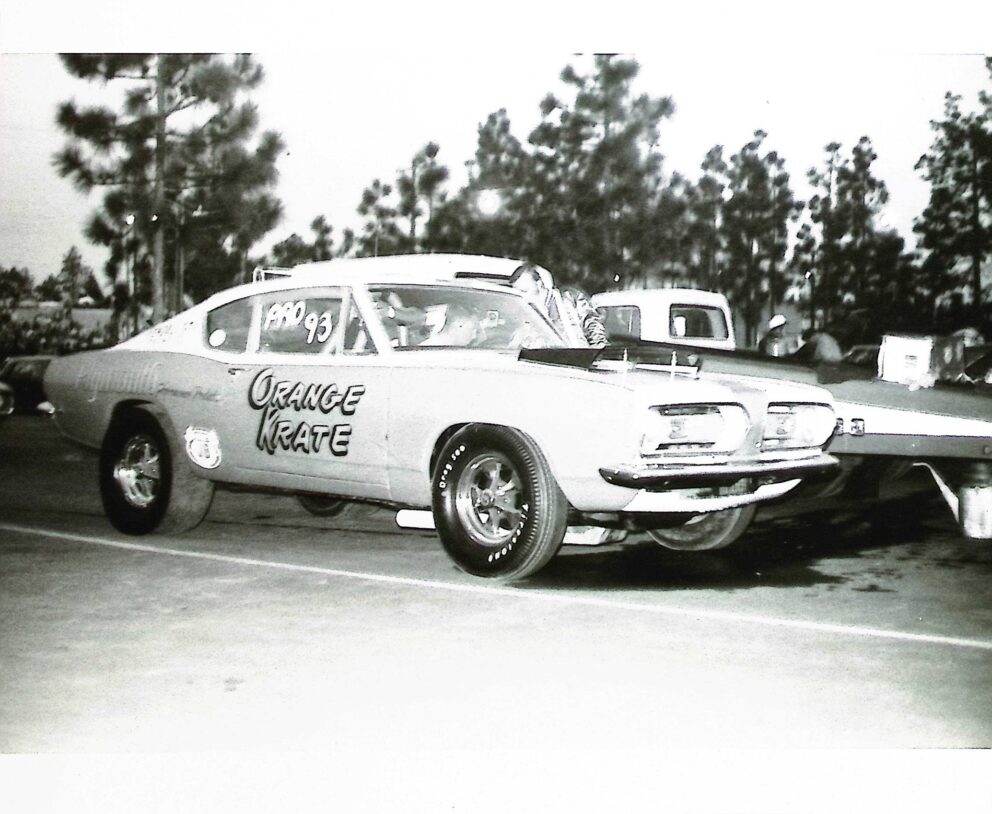
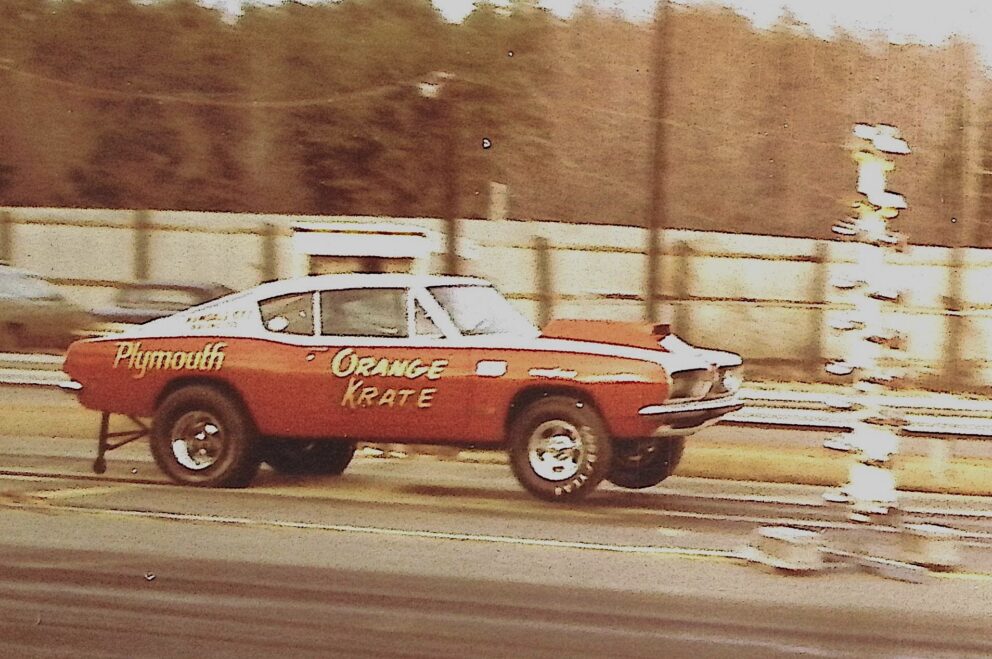
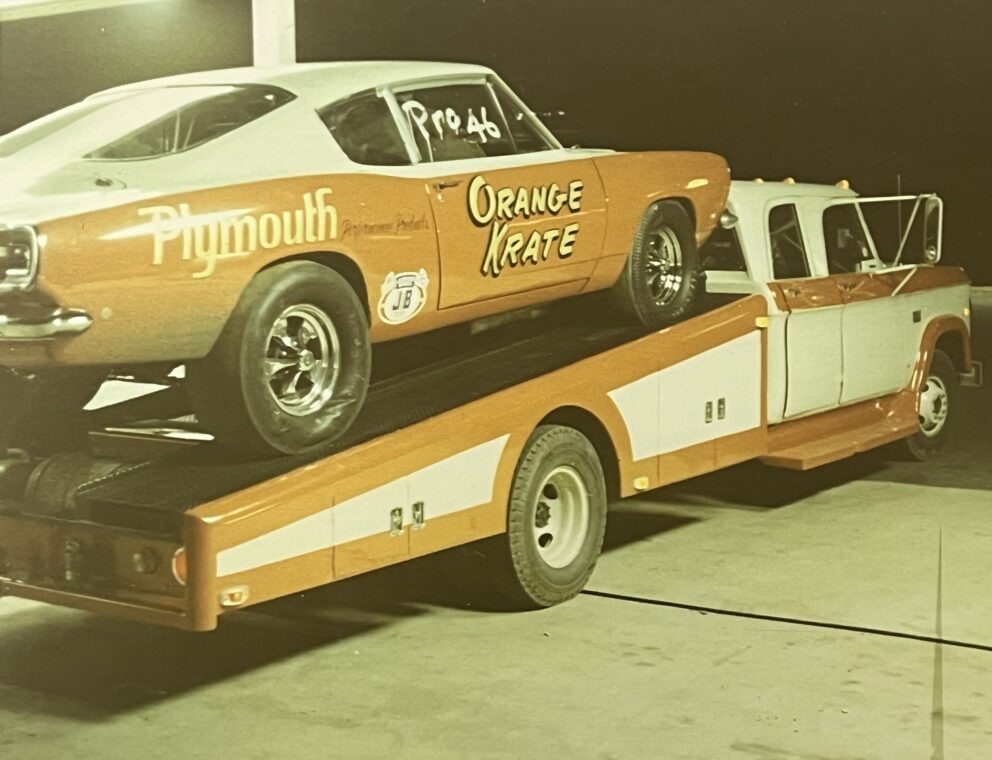
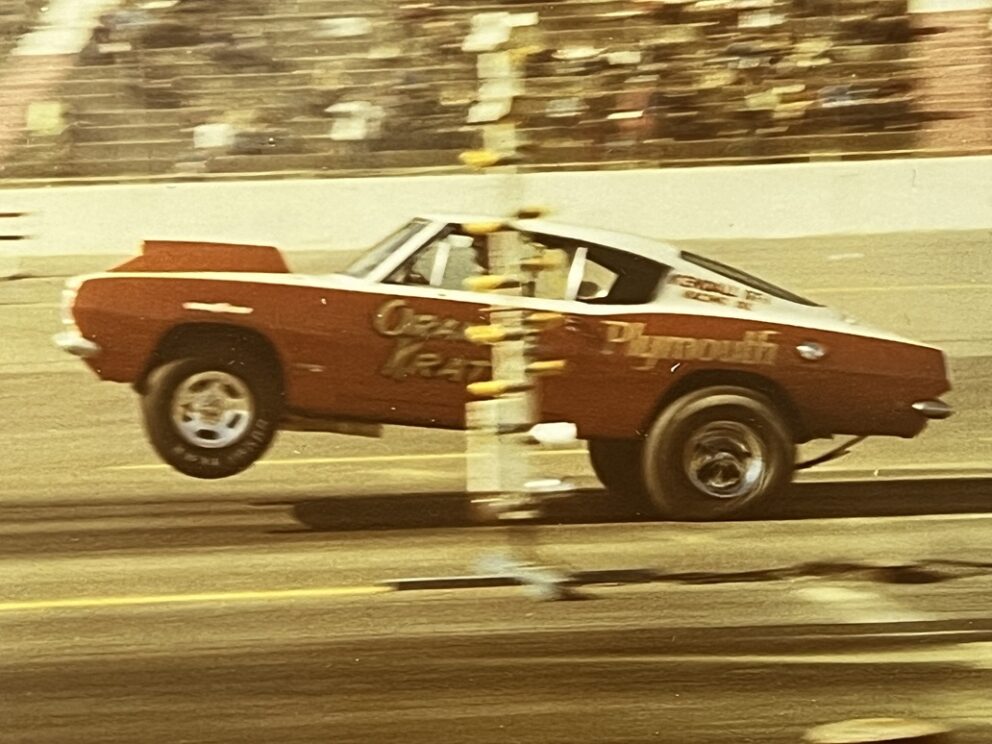
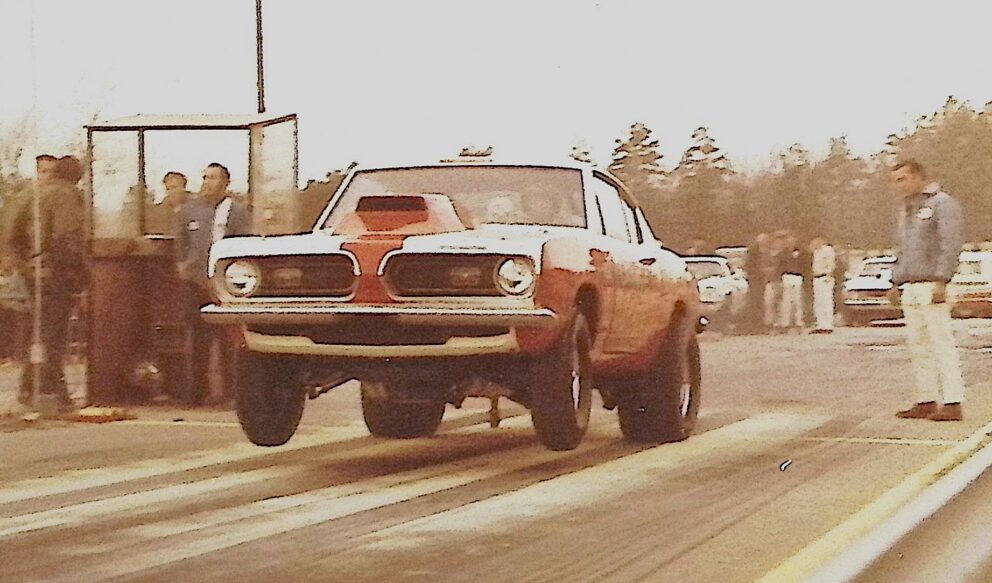

0 Comments